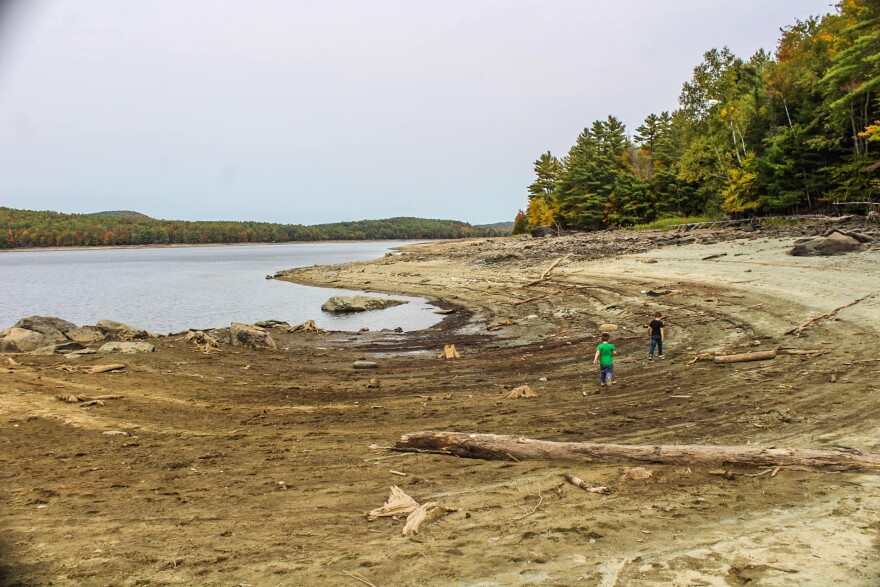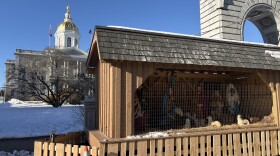A new state aid program has already gotten more than 60 requests for bottled water from people whose wells have run dry as a result of the drought, which has persisted in Southeastern New Hampshire despite recent rain and snow.
The dry conditions have improved in much of the state and region, but remain extreme in much of Rockingham and Strafford Counties and surrounding areas, as well as in southern Maine and from Cape Cod into Rhode Island.
Are you noticing any issues with your home's water supply? Send us an email with your story.
Brandon Kernen leads the Drinking and Groundwater Bureau with the New Hampshire Department of Environmental Services.
In an interview with NHPR Friday, he said even the recent heavier rain has mostly run off into surface waters, instead of absorbing deeper into the ground. And he said snow doesn’t transfer as much water into that system as rain does.
“What we really need is some good soaking rains before the ground freezes,” he said.
That would mean getting at least an inch of rain per day for multiple days in a row before the cold sets in. Otherwise, Kernen says the groundwater won’t replenish over the winter, pushing the drought, and its effect on wells, into 2021.
State water division director Tom O’Donovan told NHPR that the greatest risk for forest fires due to the drought is now over, but residents will continue to need to focus on water conservation in the coming weeks or months.

“People who are still under a restriction may be scratching their heads going, ‘Why?’ and this is what we’re trying to explain,” he said. “We do not have enough precipitation to restore the surface and groundwater yet.”
New Hampshire’s last major multi-year drought was nearly 20 years ago. The drought of record, in the 1960s, also lasted multiple years.
Relatively short-term droughts like the current one could increase due to climate change, as precipitation becomes heavier and more sporadic, with longer dry periods in between.
The state continues to take bottled water requests, and will open applications for emergency financial assistance to fix dry wells next week. It’s the first time they’ve offered this kind of aid program during any drought.
O’Donovan said the state is also working with community water systems facing supply-and-demand or cost challenges due to the drought and the effects of the pandemic.








